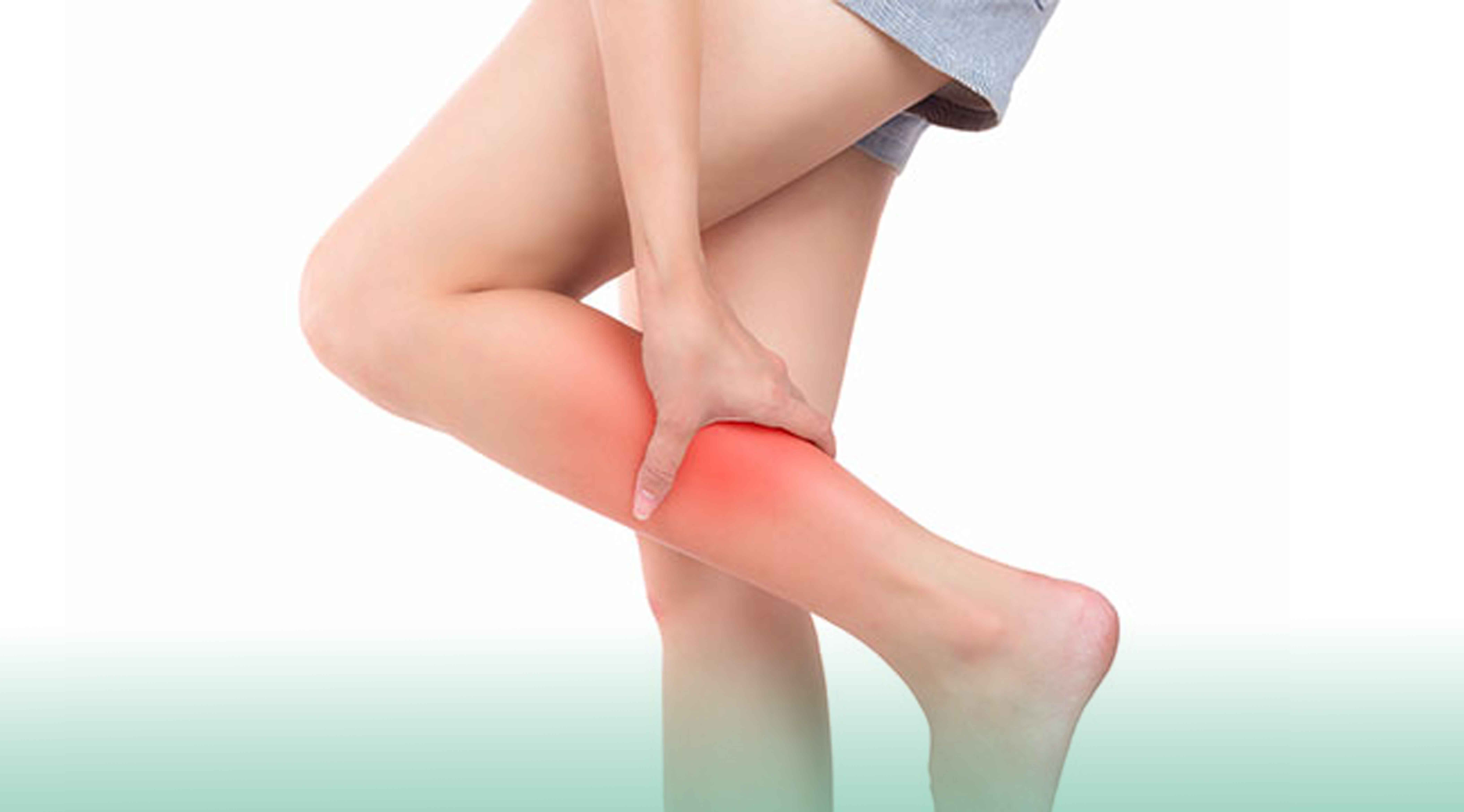
Vascular disease refers to a range of conditions affecting the blood vessels, including arteries and veins. Pain associated with vascular diseases typically arises from reduced blood flow, inflammation, or damage to blood vessels.
Narrowing of arteries, usually due to atherosclerosis, leading to reduced blood flow to the limbs, often causing pain during physical activities (claudication).
Formation of blood clots in deep veins, often in the legs, causing swelling and pain.
Enlarged veins that can lead to aching, heavy sensations, and discomfort in the legs.
Poor blood flow from the legs back to the heart, resulting in pain, swelling, and skin changes.
Abnormal bulging in a blood vessel wall, which can cause pain if it presses on nearby structures or ruptures.
Blood vessels in the extremities constrict excessively in response to cold or stress, leading to pain, numbness, and color changes in the fingers and toes.
Inflammation of blood vessels, which can lead to pain in affected areas depending on which vessels are involved.
Pain or Discomfort: Often described as cramping or aching, particularly in the legs during exertion (PAD).
Swelling: Commonly seen in cases of DVT or CVI.
Heaviness: A sensation of heaviness or fatigue in the legs.
Skin Changes: Discoloration, thickening, or ulcers on the skin, especially in chronic conditions.
Numbness or Tingling: Often associated with reduced blood flow (e.g., in Raynaud's).
Cold Extremities: Affected areas may feel cooler to the touch.
Vascular diseases can lead to significant pain and discomfort due to impaired blood flow. If symptoms suggestive of vascular disease occur, such as pain in the legs, swelling, or skin changes, it's crucial to seek medical evaluation and treatment to prevent complications.